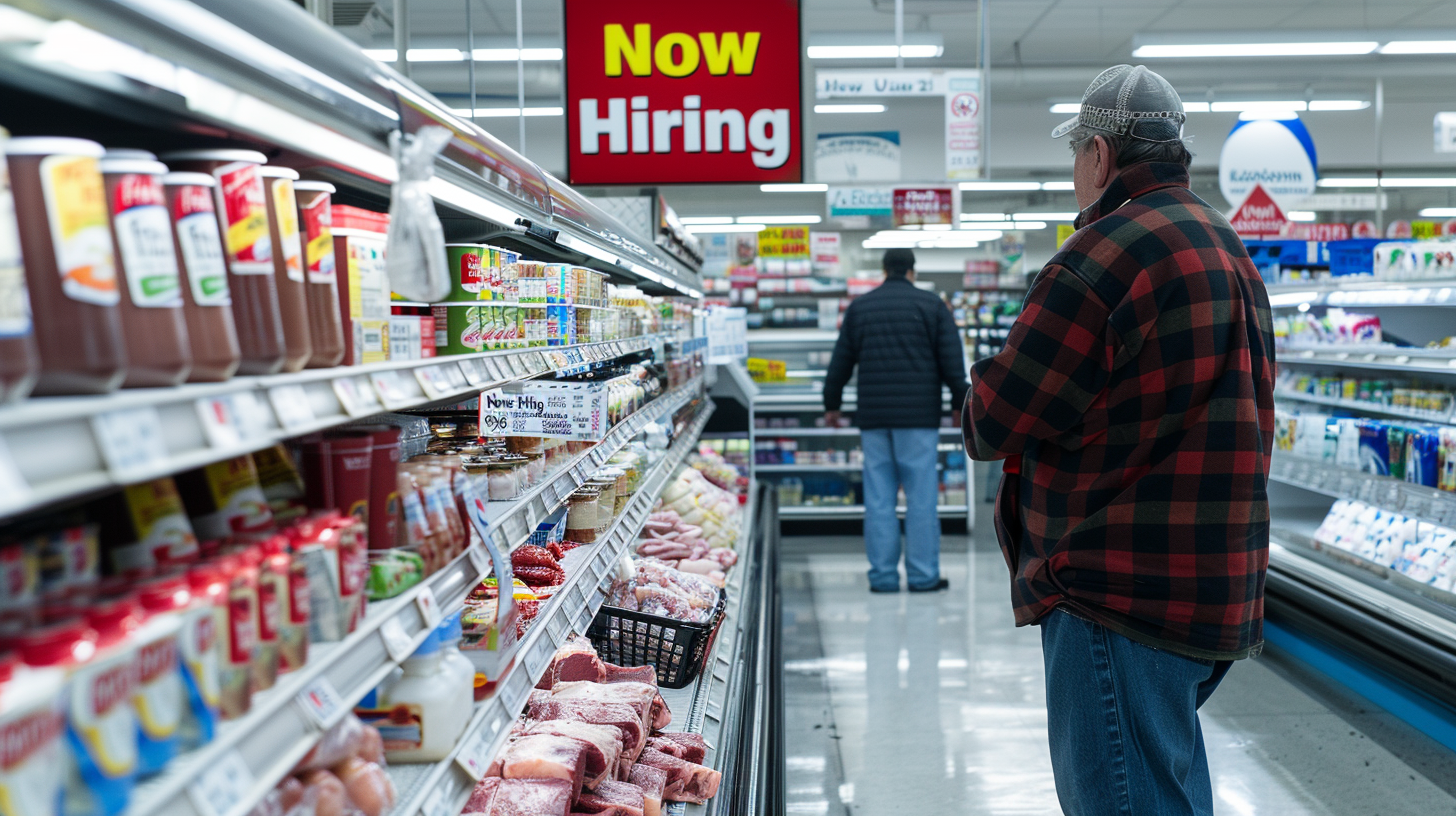| Key Points: – April’s CPI showed the slowest annual increase since February 2021, offering some relief from persistent inflation pressures. – Core categories like shelter, medical care, and some food items continue to climb, keeping financial strain high for many consumers. – The full effect of President Trump’s new tariffs hasn’t materialized in CPI data yet—future inflation may hinge on trade policy outcomes. |
Inflation in the United States slowed in April to its lowest annual rate in over four years, offering a tentative sign of relief for policymakers and consumers alike. But under the surface, essential costs—like food, shelter, and medical care—continued to pressure household budgets, highlighting the uneven nature of disinflation in the current economic environment.
According to data released Tuesday by the Bureau of Labor Statistics, the Consumer Price Index (CPI) rose 2.3% over the previous year, down slightly from March’s 2.4%. This marks the smallest annual increase since February 2021. On a monthly basis, prices ticked up 0.2%, lower than economists’ expectations and a deceleration from previous months.
The slowdown comes amid heightened attention to President Donald Trump’s recent tariffs, which began to take effect in April. So far, their full impact has not shown up in inflation data, but analysts warn the effects may be delayed. “There isn’t a lot of evidence of tariffs boosting the CPI in April, but this shouldn’t be surprising—it takes time,” noted Oxford Economics’ Ryan Sweet.
Despite the broad deceleration in inflation, many everyday necessities remain stubbornly expensive. Shelter costs, which make up about a third of the CPI basket, rose 0.3% month-over-month and 4% from the previous year—still the largest contributor to overall inflation.
Medical care was another driver, rising 0.5% in April and 3.1% annually. Hospital services and nursing home care climbed even more sharply, up 3.6% and 4.6%, respectively. Prescription drug prices were also up, increasing 0.4% month-over-month.
Food prices presented a mixed picture. Grocery costs declined 0.4% from March, led by significant drops in prices for eggs, cereal, and hot dogs. Yet key categories such as meat and dairy remain well above year-ago levels. Ground beef prices, for instance, are 10% higher than this time last year, and steaks are up 7%.
Eating out also continues to climb in cost, with restaurant prices rising 0.4% in April and nearly 4% over the past year.
Consumer goods categories like furniture, bedding, appliances, and toys—some of which are most directly impacted by tariffs—showed modest increases in April. Furniture and bedding prices rose 1.5%, while appliances were up 0.8%.
Although tariffs were initially expected to drive prices higher more broadly, the effect may be blunted or deferred due to a 90-day pause recently announced by the White House, applying to most countries except China. A baseline 10% duty remains in place globally, leaving future pricing trends dependent on trade policy developments.
While the latest inflation report offers encouraging signs that price pressures are easing, the Federal Reserve is unlikely to pivot its interest rate policy soon. Inflation remains above the Fed’s 2% target, and “core” inflation—excluding food and energy—remained flat at 2.8% year-over-year.
For American households, modest relief at the gas pump or in the grocery aisle may be welcome, but rising healthcare and housing costs continue to erode real income gains. The road to price stability is still uncertain—and the next few months will be critical in determining whether inflation has truly turned a corner or is merely catching its breath.
